Cambodia: from tenth-century temples to mid-century modern
A luxury Cambodian itinerary with a fascinating architectural thread
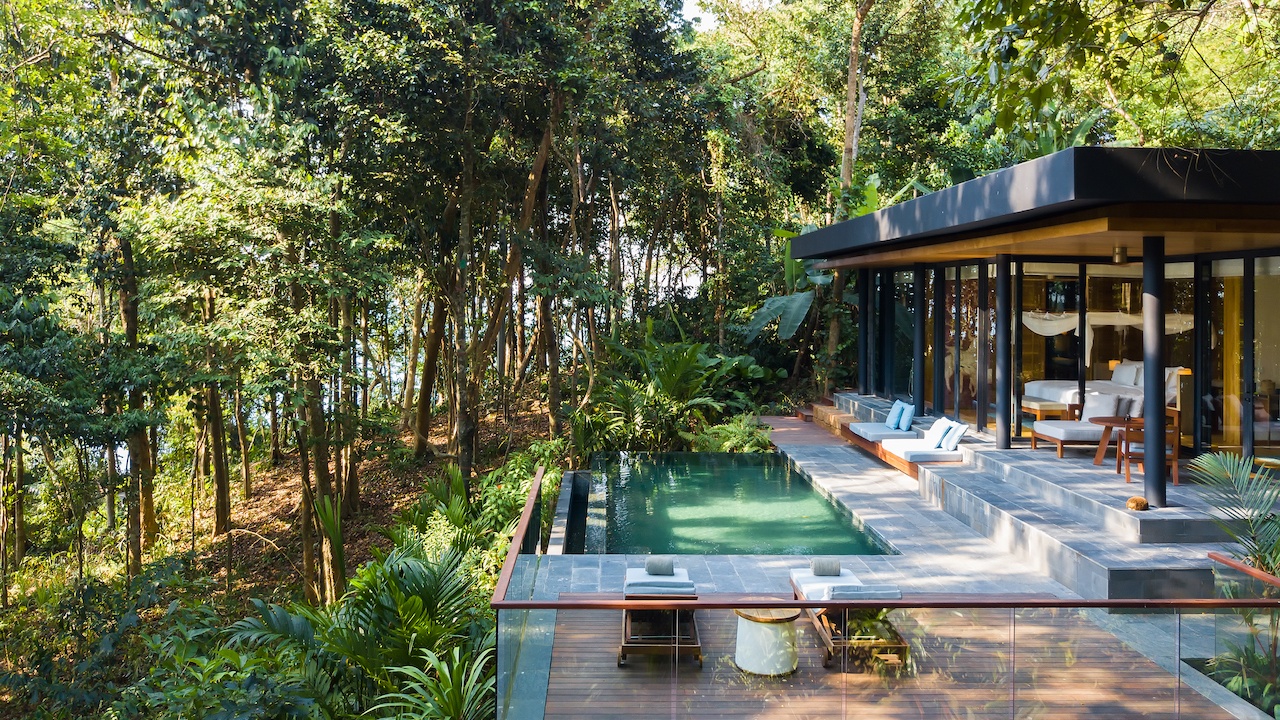
I am standing alone inside the semi-ruins of Ta Nei temple, soaking up the majestic surroundings that are made all the more mesmerising by the jungle dawn chorus above and the rhythmical sound of leaf-sweepers outside. It is the second stop on our vespa tour of Angkor – once the capital of the Khmer Empire and now Asia’s largest and most breathtaking archeological site.
The first stop was “Tomb Raider temple” Ta Prohm, known for its tentacle-like strangler fig roots that have steadily wrapped around the stone remains since the complex was abandoned in the 15th century. Both temples have left me speechless; despite the 5am start I feel inspired and galvanised, with a renewed sense of wonder for the world.
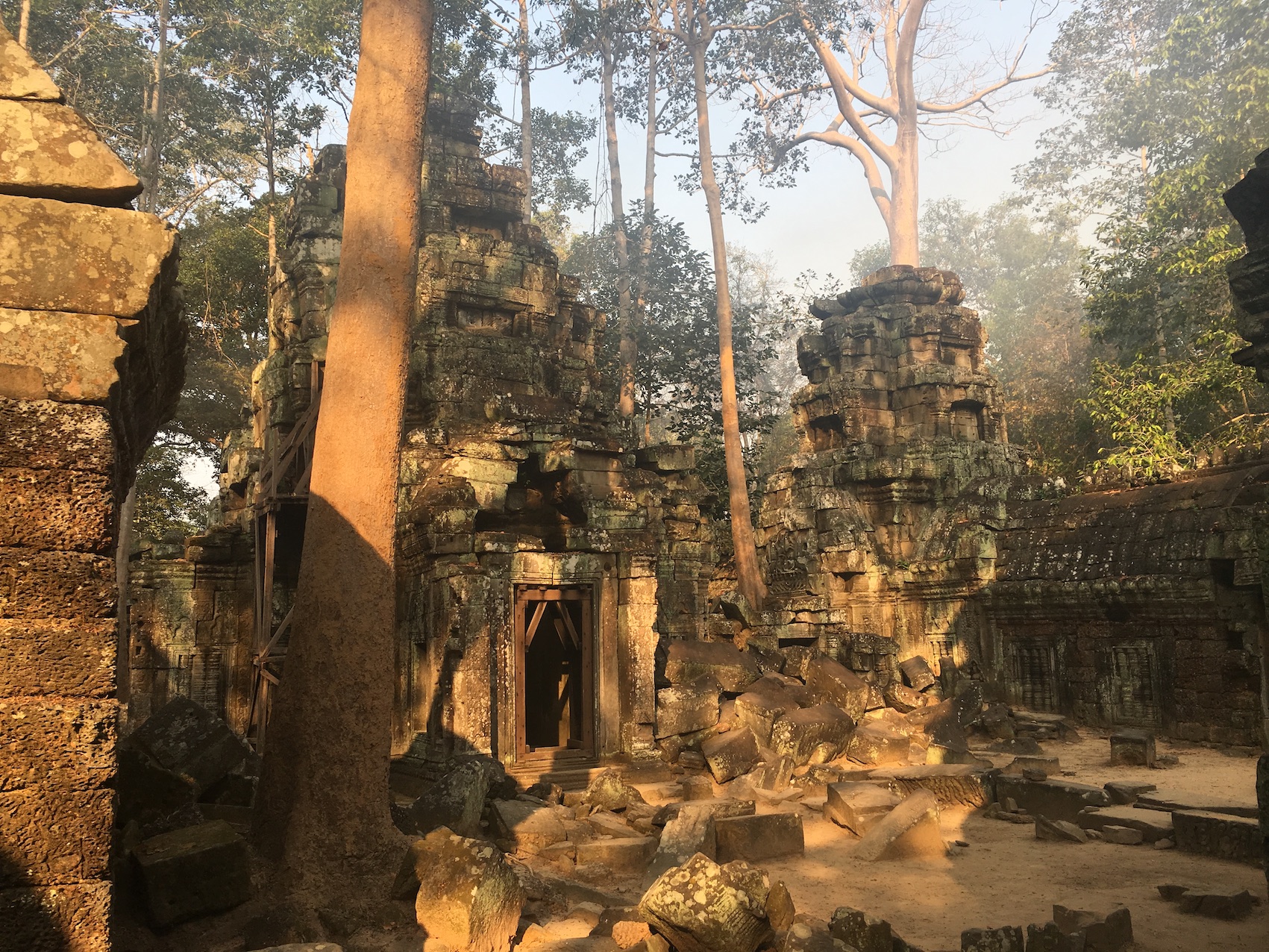
Our Audley guide for the week is Nick Ray, a long-time Lonely Planet author and “Mr Cambodia” when it comes to any kind of Western media fix. He is responsible for getting us to two of Angkor’s most atmospheric temples before anyone else, and I feel privileged to be benefitting from his in-depth knowledge and enthusiasm for this once-in-a-lifetime experience.
The Week
Escape your echo chamber. Get the facts behind the news, plus analysis from multiple perspectives.

Sign up for The Week's Free Newsletters
From our morning news briefing to a weekly Good News Newsletter, get the best of The Week delivered directly to your inbox.
From our morning news briefing to a weekly Good News Newsletter, get the best of The Week delivered directly to your inbox.
Angkor is a fitting end to a fascinating trip with an unexpected architectural thread running through it. I have taken in stilt houses and Modernist villas en route to the temples, architectural styles that are linked in surprising ways in Cambodia. The trip will end tomorrow with a visit to Angkor Wat, the country’s crowning glory and national symbol.
We had arrived in Cambodia five days earlier via southern Vietnam, following the path of the Mekong Delta from Ho Chi Minh City and entering through the Ha Tien border crossing. Cultural differences can often be seen more clearly when arriving in a country overland. Entering rural Cambodia from rural Vietnam conical hats become fewer and fewer, while schoolchildren in traditional black-and-white uniforms seemed to be everywhere. The landscape changes too, becoming more mountainous and rugged and dotted with the skinny white Zebu cows that you see all over Cambodia.
Perhaps the most striking difference, though, was the architecture. I had enjoyed seeing the colourful Vietnamese houses and food stalls from our bus but roadside sightseeing was even more of a treat in Cambodia. Rural wooden stilt houses have posts to support them two or three metres off the ground, protecting from flood damage while also providing a shady social space underneath.
The Mekong Delta is at the frontline of the climate crisis as sea levels rise, so this style of architecture is particularly ingenious and pertinent. Looking at the different incarnations became a source of meditative curiosity as my eyes attuned to the differences between houses (thatched or tiled roofs; palm-matt or wooden walls; natural or brightly coloured) and the laid-back goings-on underneath.
A free daily email with the biggest news stories of the day – and the best features from TheWeek.com
Our first overnight stop was Kep, 15 miles west of the Vietnamese border. Founded in 1908 during French colonial rule, this was the country’s first seaside resort and, though sleepy compared to its backpacker-saturated neighbour Kampot, is experiencing a wave of stylish new openings in line with the increase in luxury tourism in Cambodia. Kep remains charmingly Cambodian in feel and is still a popular spot for locals, who come here at weekends and holidays to rent a shack, drink cheap beer and eat fresh crab (don’t miss the crab version of amok, Cambodia’s coconut-flavoured curry, served at a myriad of places here).
Kep is renowned for its Modernist villas, most of them abandoned pockmarked shells – a reminder of both the glamour of the town’s heyday and the devastation caused by various wars and the horrific genocide of the 1970s. Nick informed us that the homegrown style of architectural Modernism that developed during Cambodia’s 1950s and 60s golden era was led by France-educated Khmer architect Vann Mollyvan, and the style that he developed became known as New Khmer Architecture.
Most of the remaining New Khmer Architecture is in the capital, Phnom Penh – architecture enthusiasts should seek out the National Stadium, in particular – but Kep was the key location for residential buildings in this style. It innovatively blends Modernism with Khmer design, taking cues from both traditional stilt houses and the Angkorian temples.
A wander around the town revealed dozens of these villas, often hidden behind foliage and moss-covered stone gates. Sadly, many of the Modernist villas are too far gone to be rescued, with Knai Bang Chatt being one of the few Kep hotels based in a restored villa. We stayed at the equally luxurious Samanea Resort; its 12 spacious guest villas all have sea or garden views and fabulous outdoor bathroom suites, while its modern restaurant serves French-Khmer fusion dishes. Wherever you decide to lay your head, be sure not to miss a sundowner at The Sailing Club, a chic bar with dreamy ocean views.
The following day we continued our journey west towards Sihanoukville. Bus journeys are good opportunities for new-knowledge consolidation and on this stretch Nick filled us in on some of the details of Cambodia’s shocking late 20th-century history.
This included the horrors of the Khmer Rouge, a topic that cannot be avoided on a trip to Cambodia. It is estimated that 1.5-2m Cambodians were murdered between 1975 and 1979. However, the peaceful past two decades have given rise to both a revived tourist industry and a plethora of community and sustainably minded ventures all over Cambodia. Stopping off at one such community-focused enterprise en route to the south coast, The Plantation organic farm, we discovered more about Kampot pepper, a source of local culinary pride.
Kampot pepper was used in the exceptional cuisine and the indulgent spa treatments at our next hotel, Six Senses – the jewel in the crown of Cambodia’s luxury hotels market. Located on Krabey, a private island south of Sihanoukville (avoid the city unless you like casinos and towering modern skyscrapers, the result of intensive Chinese investment), the arrival by speedboat felt very James Bond-esque.
The resort consists of 40 mid-century modern style villas built into the island’s lush jungle landscape and I was excited to see that their design incorporates aspects of typical Khmer house architecture, with stilt-like exterior posts and touches of bamboo and rattan. Water, an integral part of Khmer life along the Mekong Delta and Tonle Sap, is another important influence and each villa has its own infinity pool – the perfect wake-up call after a deep slumber in one of the world’s most comfortable beds.

After a couple of days of downtime on the islands off the southern coast – Alila Villas resort, on Koh Russey, is another stylish option – it was time to get moving again: this time to the north of the country. Following a 1-hour flight from Sihanoukville, we reached the regional capital, Siem Reap, the gateway to Angkor’s temples, and a buzzing city in itself.
Siem Reap is home to a raft of hip hotels, innovative restaurants, interesting shops and lively bars, as well as many community-led initiatives: the acrobatics-focused Phare Cambodian Circus and the Cambodia Landmine Museum are just two of Siem Reap’s cultural highlights. We stayed at Montra Nivesha, a charming boutique hotel with authentic Cambodian decor.
But the big draw in these parts is still the temples. Built in stone, a material reserved purely for dwellings of the gods, these jungle-engulfed remains of the Khmer Empire – built between the 9th and 15th centuries – are among the great wonders of the world (Angkor was named a UNESCO World Heritage Site in 1992). It is no mystery why they have continued to inspire Cambodian architects.
Both Buddhist and Hindu, depending on the religious inclination of the various rulers, the temples cover a huge expanse of around 400 square kilometres – more than three times the size of Manhattan – and number in the hundreds, with King Jayavarman VII (‘J7’, as Nick liked to call him) one of Angkor’s most-prolific temple builders.
One of the best ways to visit the massive archaeological site is by organised vespa tour with Vespa Adventures – an exhilarating experience that allowed us to cover more ground and reach off-the-beaten-track temples such as Ta Nei and Prasat Chrung. The latter overlooks the vast moat of the walled city of Angkor Thom, home to the spectacular temples of Baphuon, Bayon and Prah Palilay.
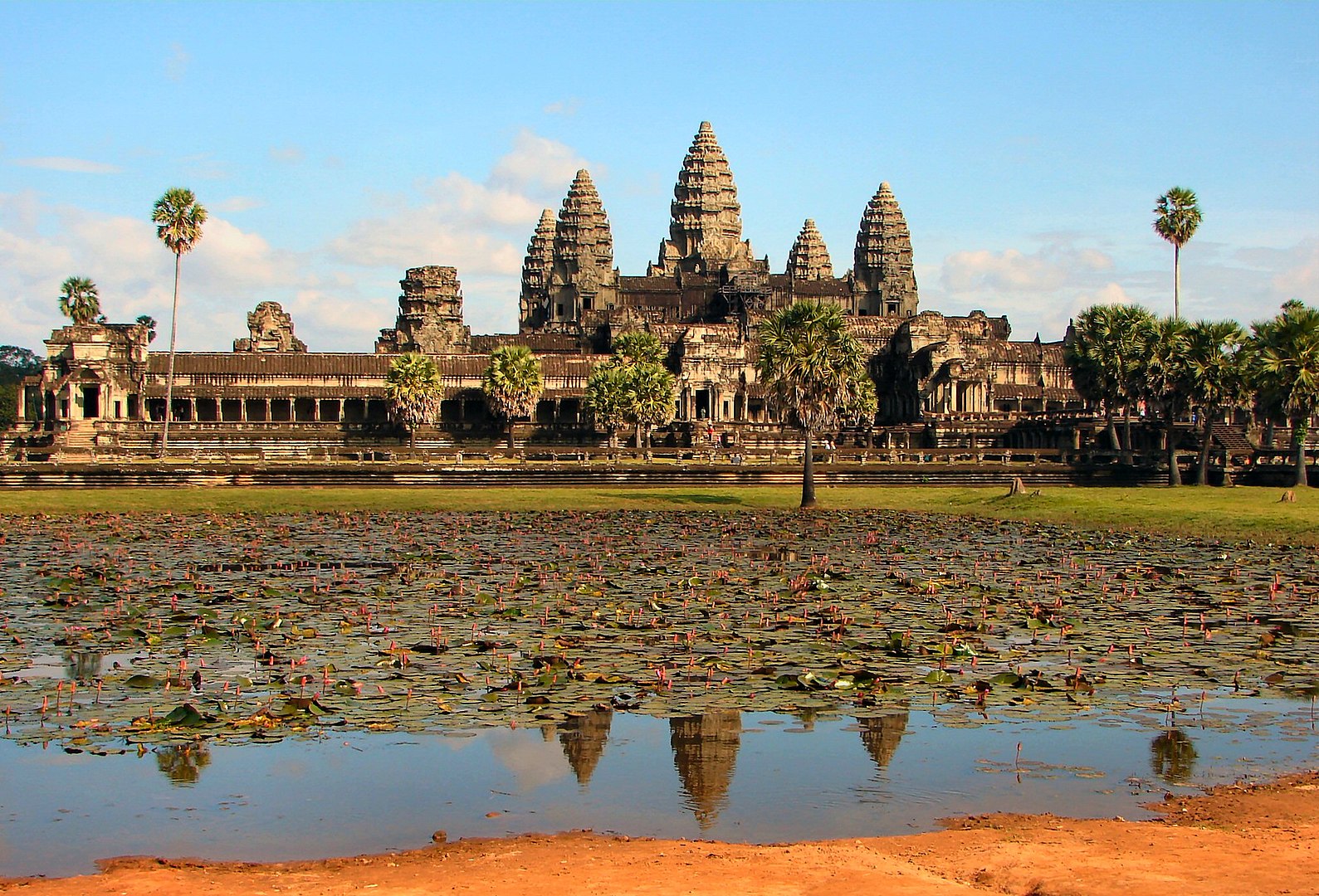
Our visit to Angkor Wat – the most famous of Cambodia’s temples, and the largest religious monument in the world – meant another 5am start to get there for sunrise on our last day. But seeing the sun gradually illuminate the five towers of this architectural masterpiece was worth it.
Built for Hindu god Vishnu, this is a temple where crowd-avoidance is impossible; but head over to the galleries that line the temple’s exterior walkways, and the intricately carved bas-reliefs depicting tales of military might and Khmer legends will transport you to another world entirely.
Along with the heart-warmingly friendly and unassuming nature of the Khmer people, the beauty and romance of Angkor’s temples will stay with me for quite some time.
Audley Travel (audleytravel.com; 01993 838 100) offers tailor-made trips to Vietnam and Cambodia from £3,495 per person for 14 nights, including international flights with Vietnam Airways.
-
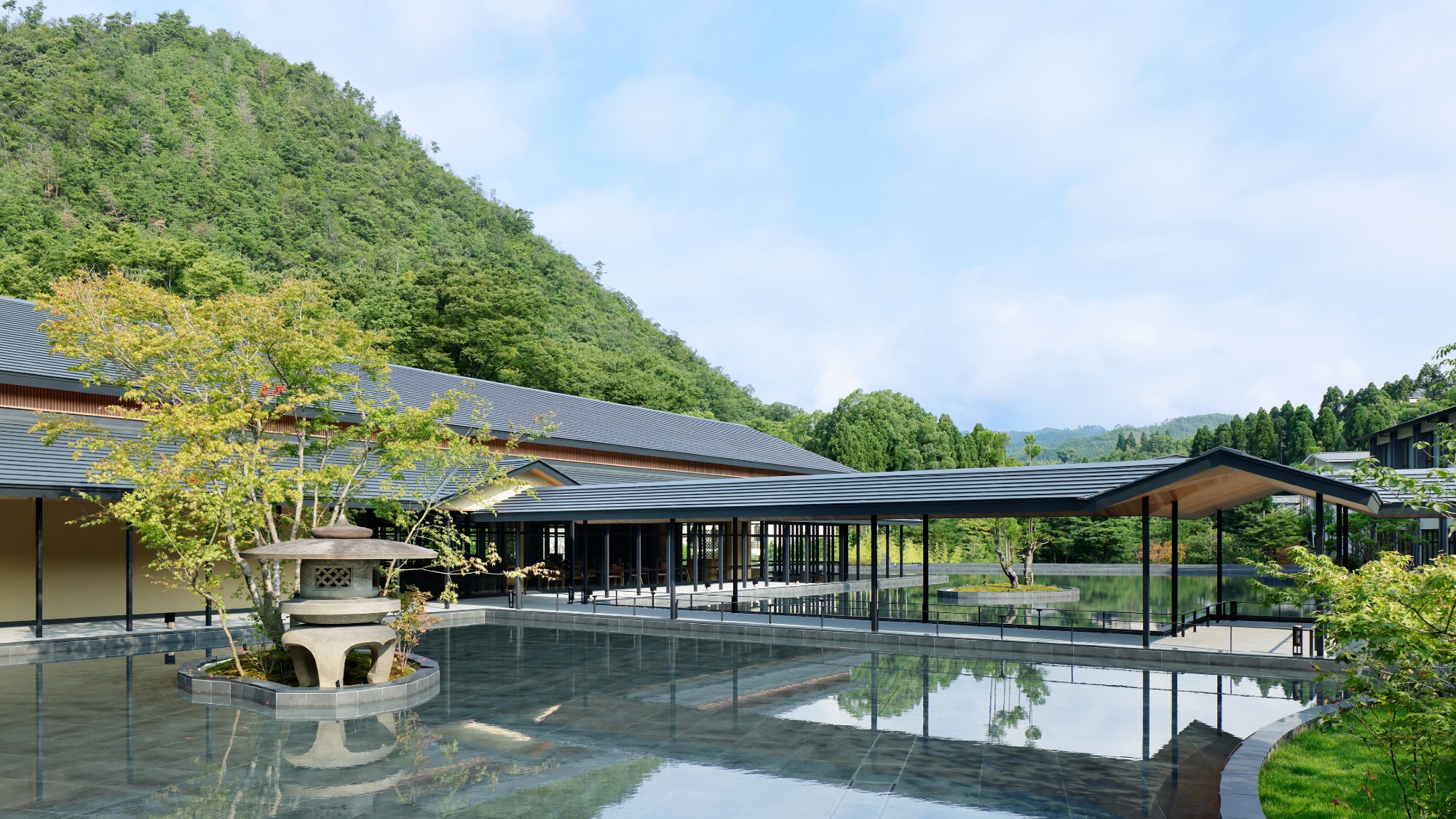 8 hotels that show off the many facets of Japan
8 hotels that show off the many facets of JapanThe Week Recommends Choose your own modern or traditional adventure
-
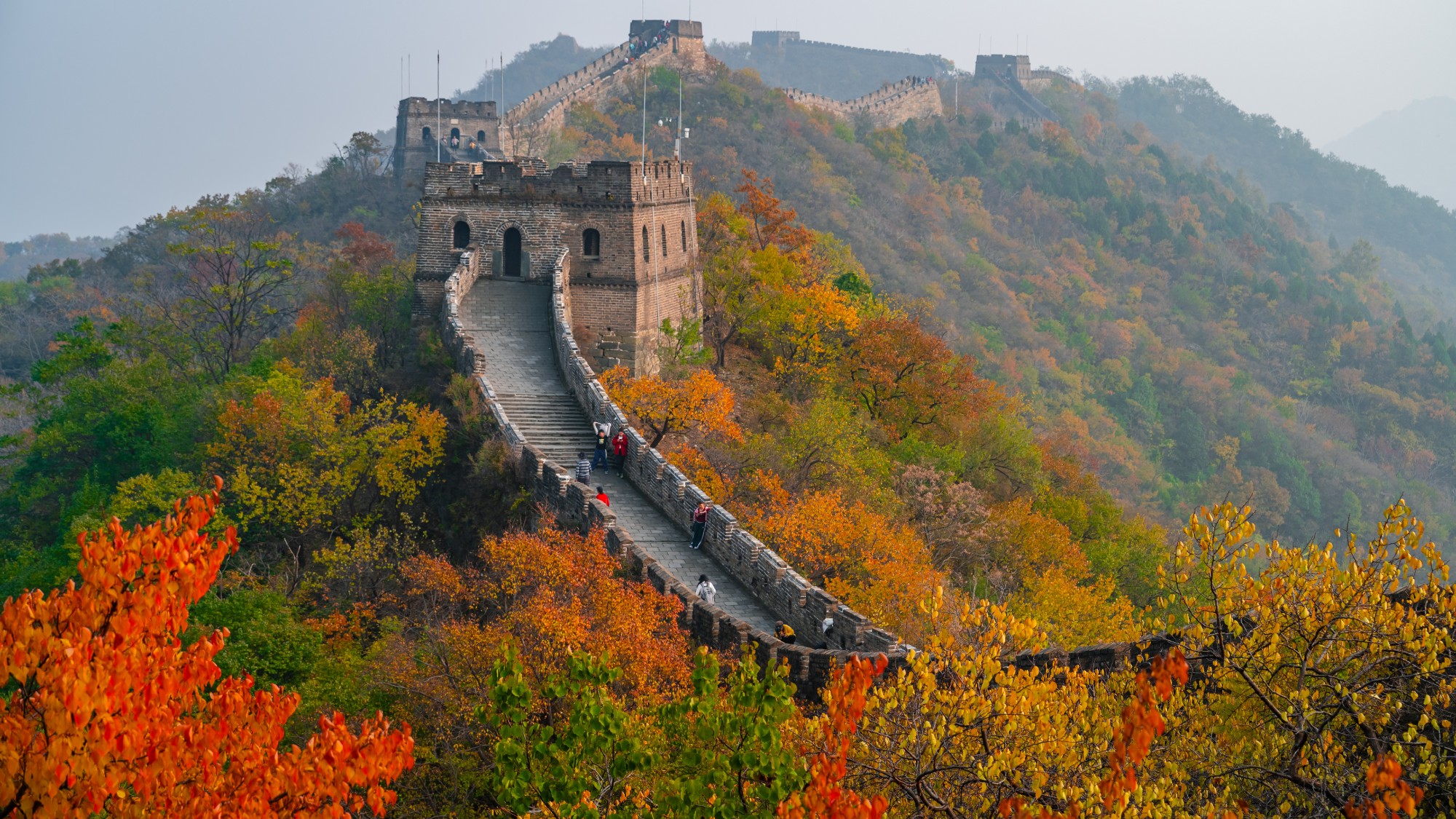 A guide to the Great Wall of China
A guide to the Great Wall of ChinaThe Week Recommends Experience this architectural feat
-
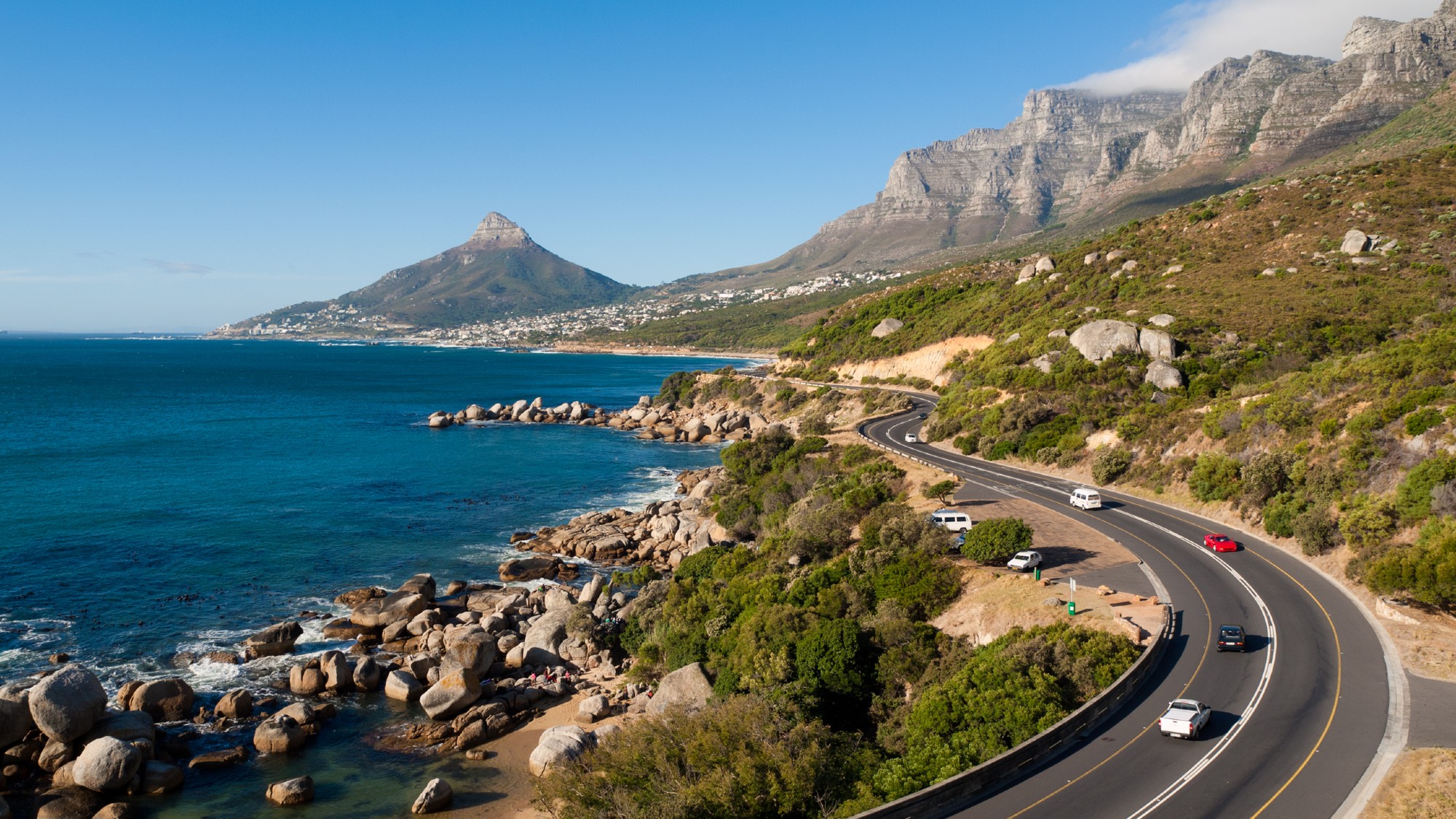 5 cultural and scenic trails to wander on four wheels
5 cultural and scenic trails to wander on four wheelsThe Week Recommends Leave the hiking shoes at home
-
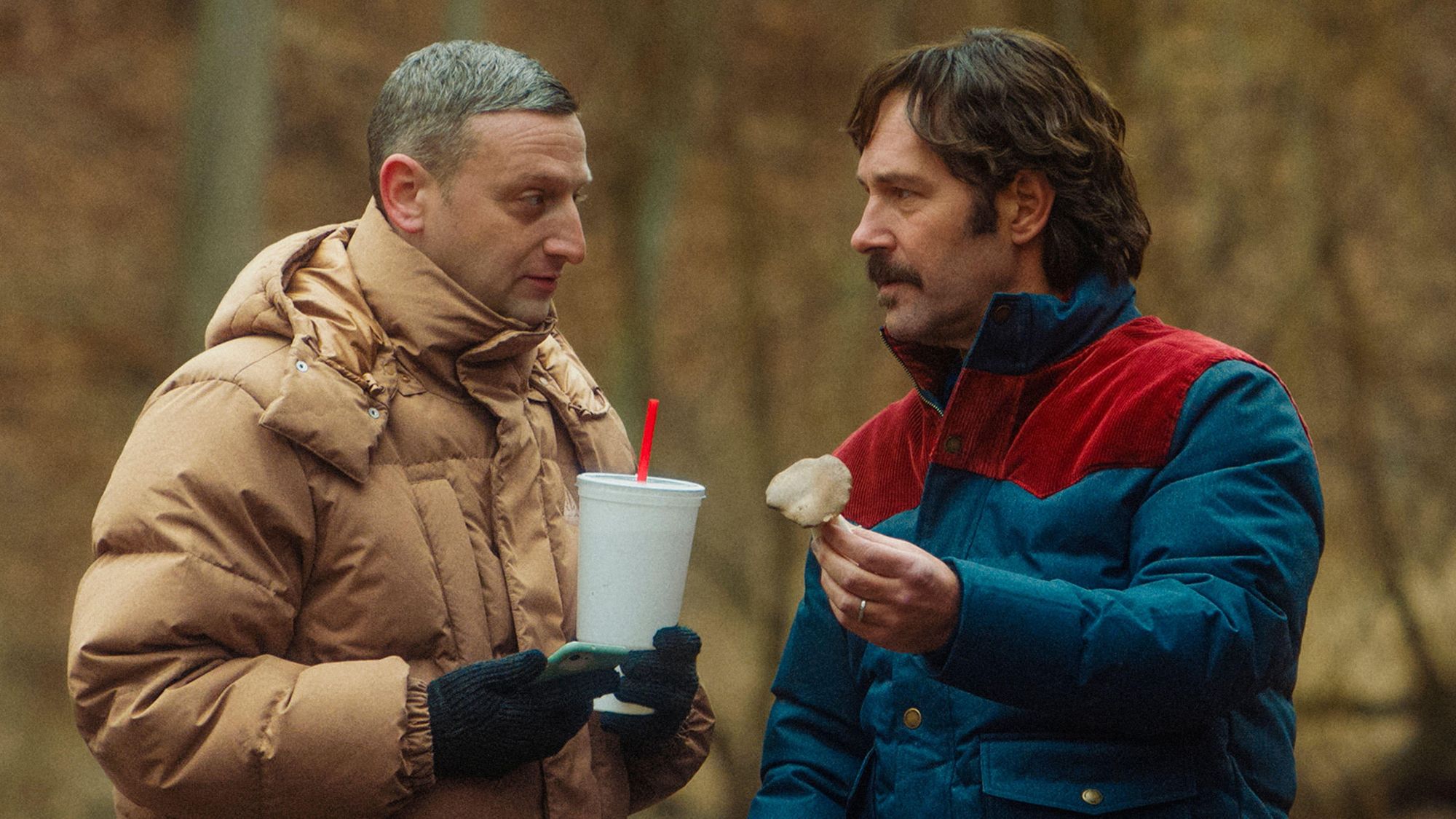 Friendship: 'bromance' comedy starring Paul Rudd and Tim Robinson
Friendship: 'bromance' comedy starring Paul Rudd and Tim RobinsonThe Week Recommends 'Lampooning and embracing' middle-aged male loneliness, this film is 'enjoyable and funny'
-
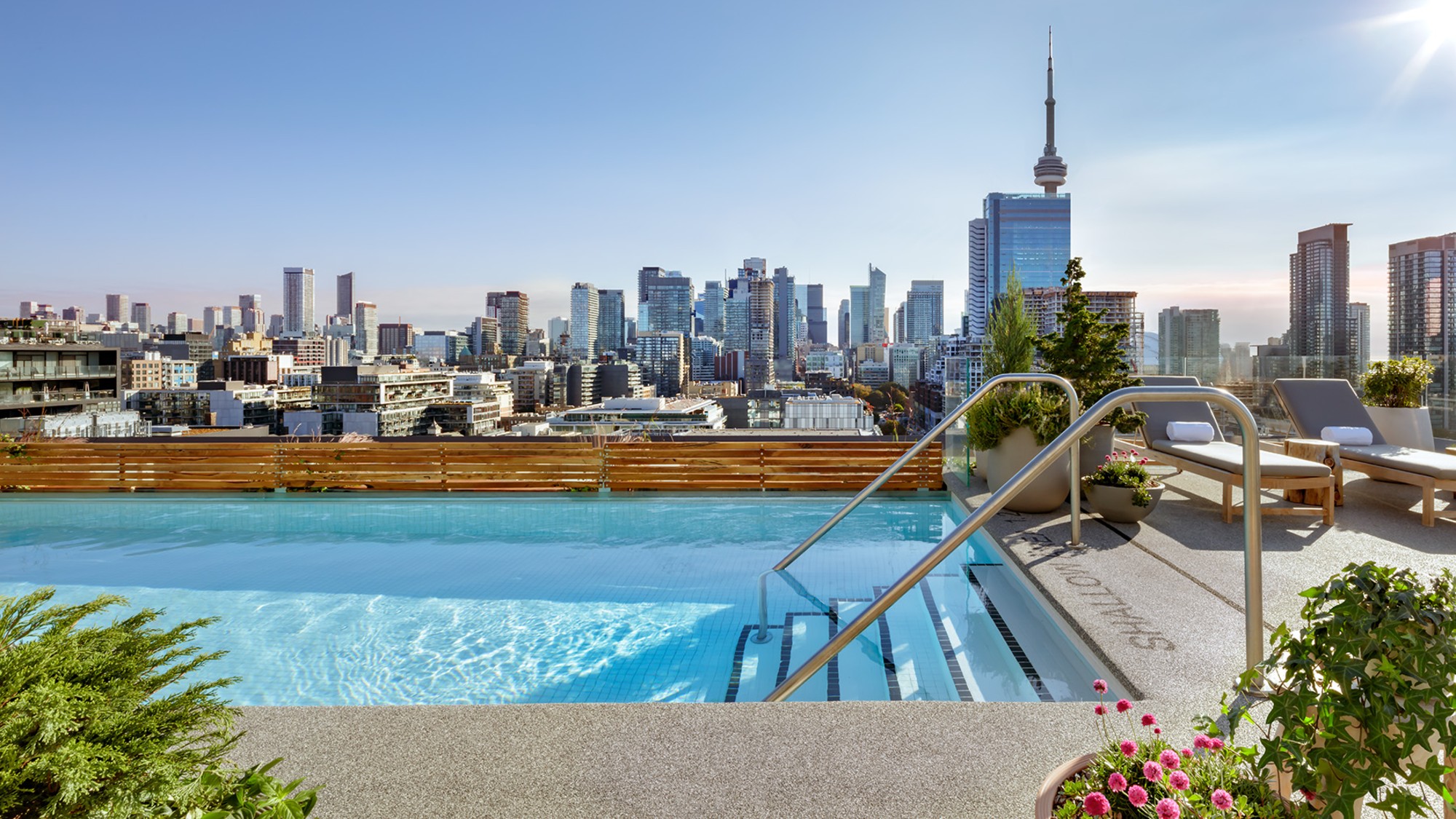 See the bright lights from these 7 big-city hotels
See the bright lights from these 7 big-city hotelsThe Week Recommends Immerse yourself in culture, history and nightlife
-
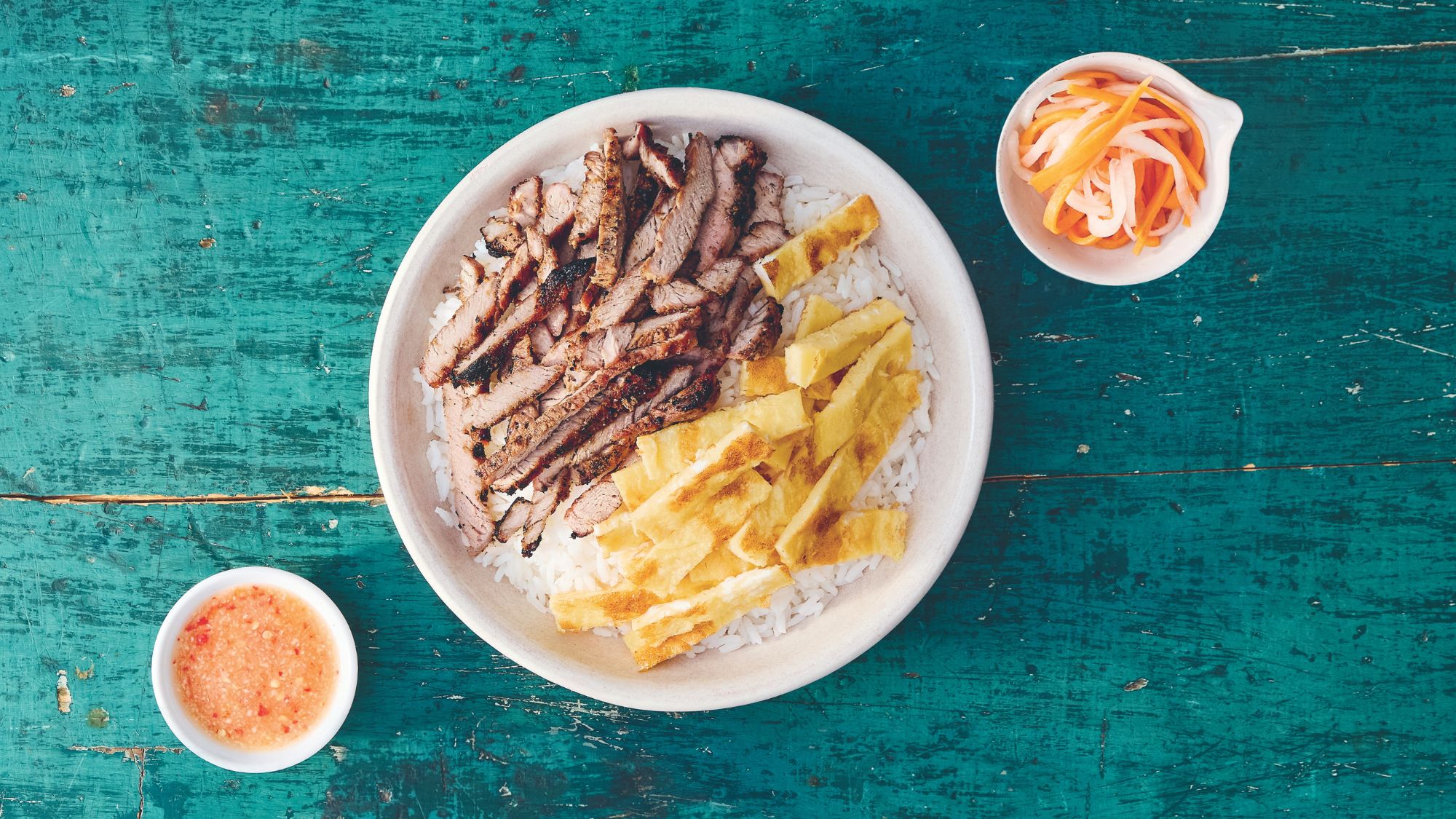 Cambodian pork and rice recipe
Cambodian pork and rice recipeThe Week Recommends This street-food dish is traditionally eaten for breakfast, but makes a delicious dinner, too
-
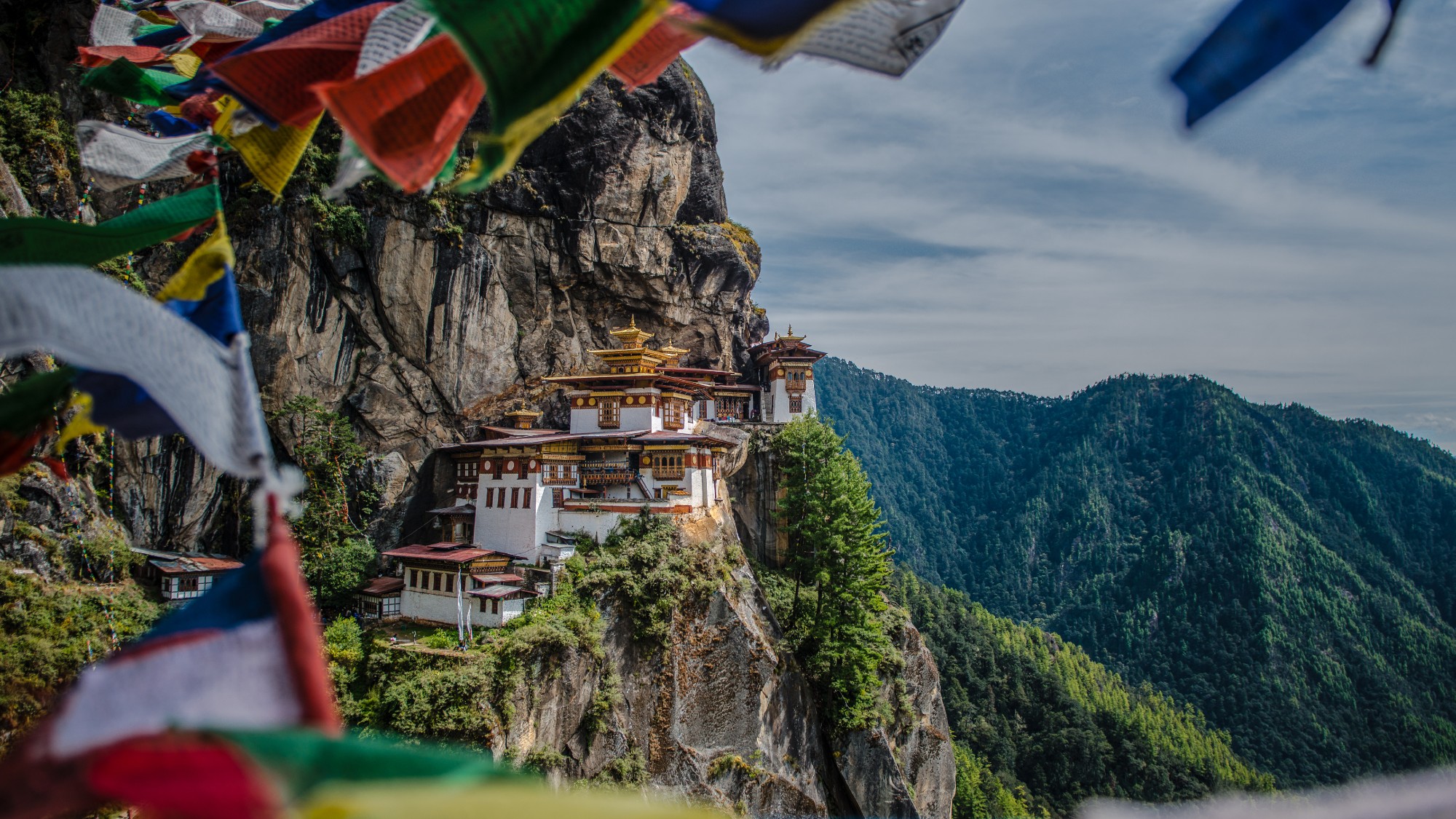 Unlocking the wonders of Bhutan
Unlocking the wonders of BhutanThe Week Recommends Exploring this Himalayan nation has never been easier
-
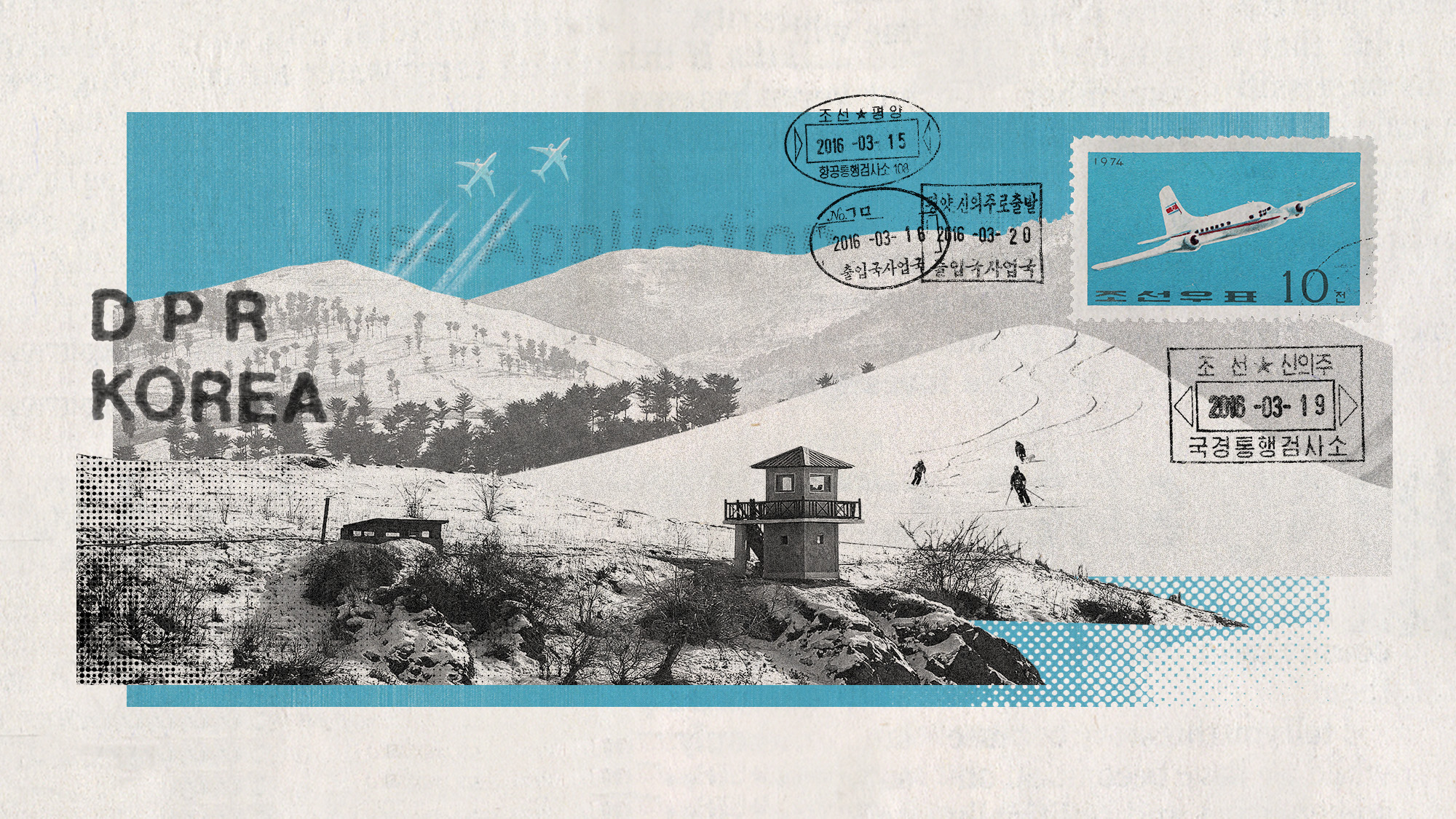 North Korea (sort of) welcomes tourists again
North Korea (sort of) welcomes tourists againUnder the Radar 'Hermit kingdom' allows foreign visitors for the first time since 2020 – but only in limited areas

